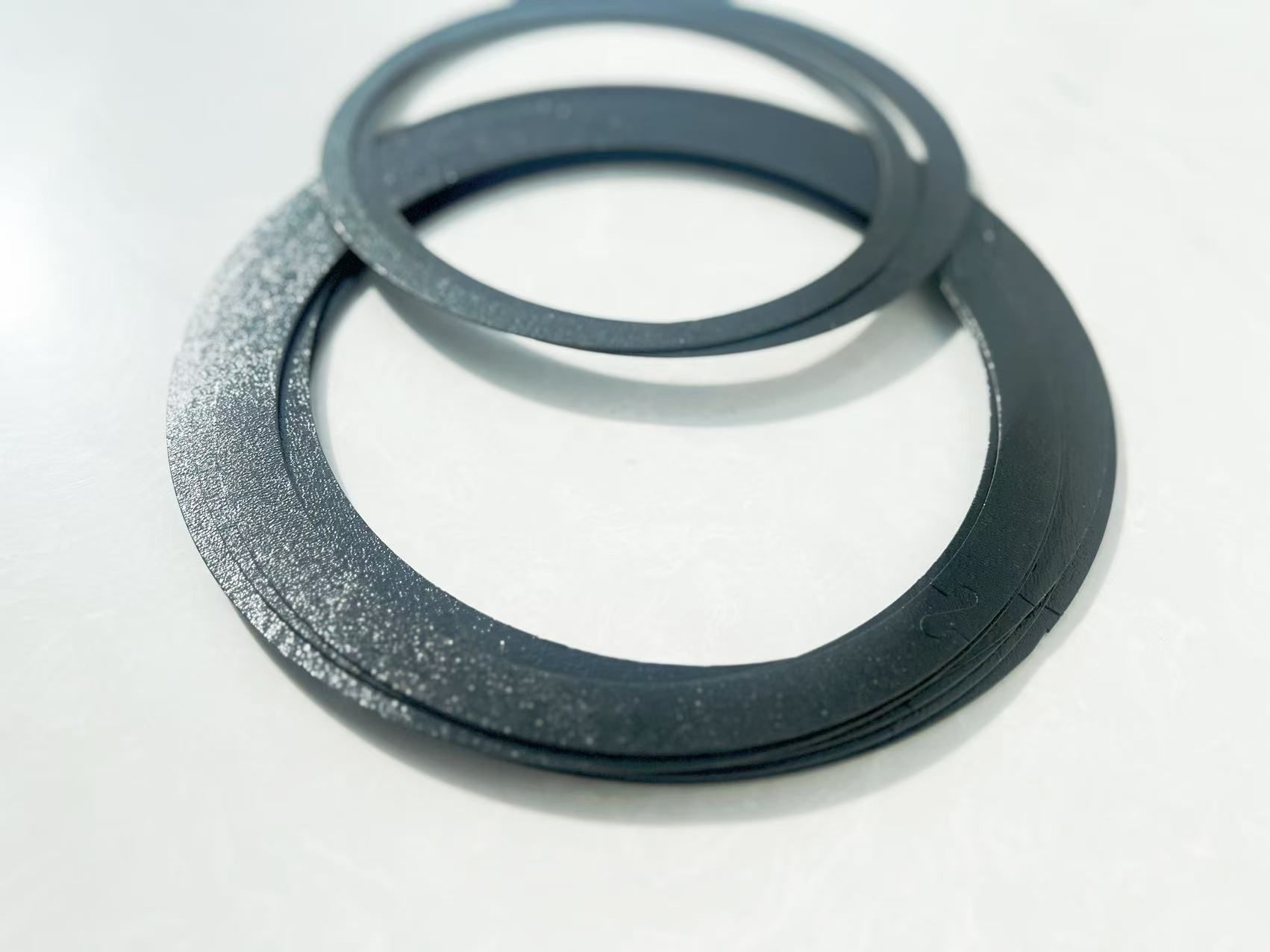Friction rings in an automatic transmission (AT) are ring-shaped parts located inside the transmission and designed to transmit torque between various automatic transmission elements.
Functions of friction rings:
* Transfer of torque from one shaft to another.
* Ensuring smooth and gradual gear shifting.
* Protection of the gearbox from overloads and slipping.
Friction ring design:
Friction rings usually consist of two main parts:
*Metal Base: Made from durable metal such as steel or aluminum. Typically has teeth or splines to connect to shafts.
* Friction material: Applied to the inner surface of the metal base. Made from a special material with a high coefficient of friction.
Working principle:
Friction rings operate by friction between their surface and the surface of the shafts with which they contact. When torque is applied to the shaft, the friction material of the ring is compressed between the shaft and the metal base of the ring. This friction transfers torque from the shaft to the ring and further through the transmission.
Friction ring types:
There are several types of friction rings, usually varying in size, shape and materials:
*Single-ended: Transmits torque in one direction only. Used to lock the torque converter or in the gear shift mechanism.
* Bidirectional: Transmits torque in both directions. Used to transmit torque between planetary gears.
* Multi-disc: Consist of several friction rings placed in a package. Provides smoother and more controlled gear shifting.
Friction ring malfunctions:
Friction ring malfunctions can manifest themselves as follows:
* Slipping or slipping when shifting gears
* Difficulty shifting gears or delays
* Overheating or failure of the gearbox
* Jerks or jolts when changing gears
